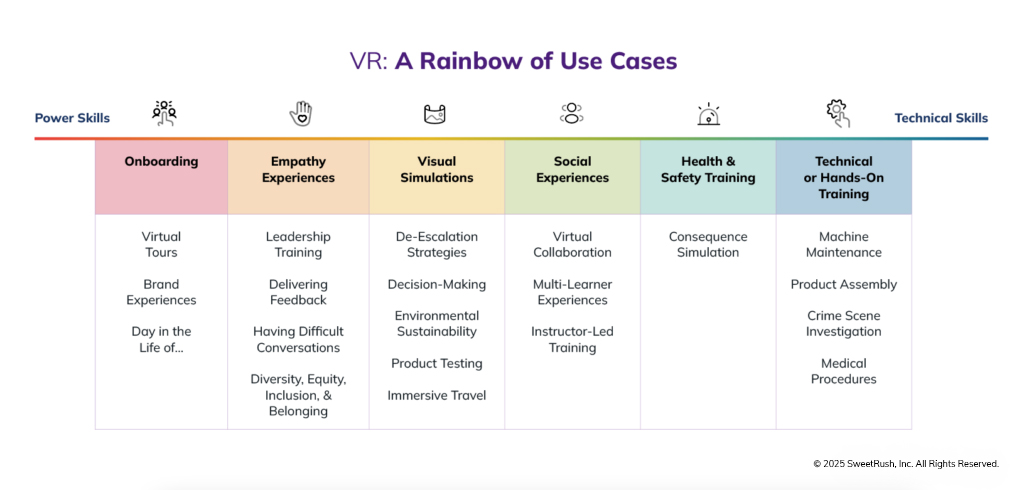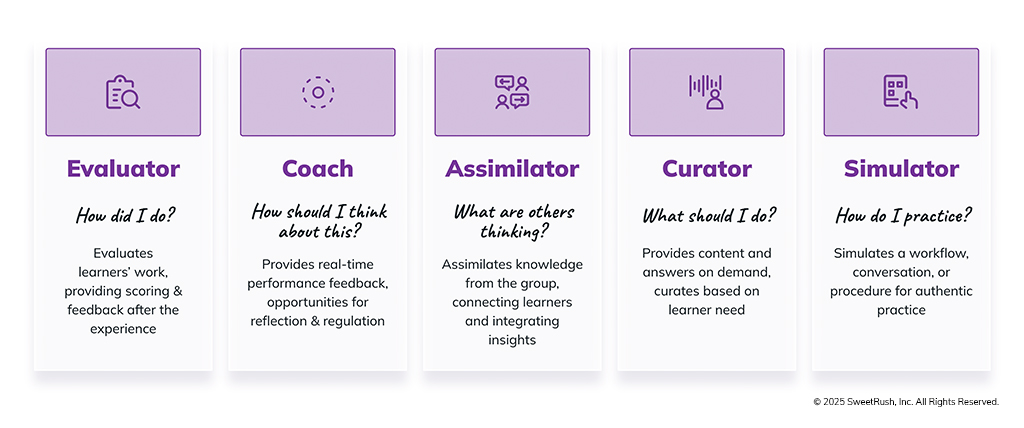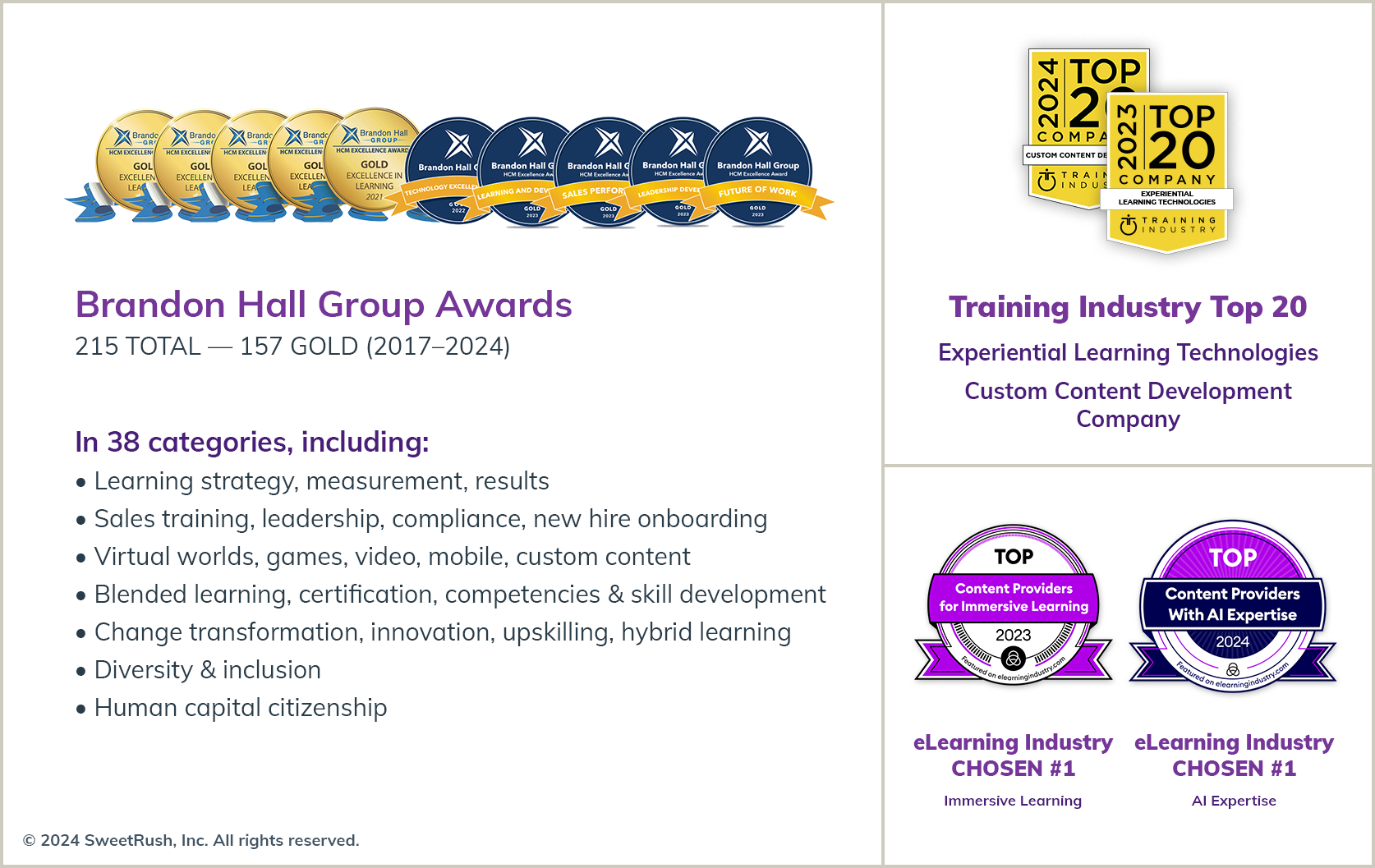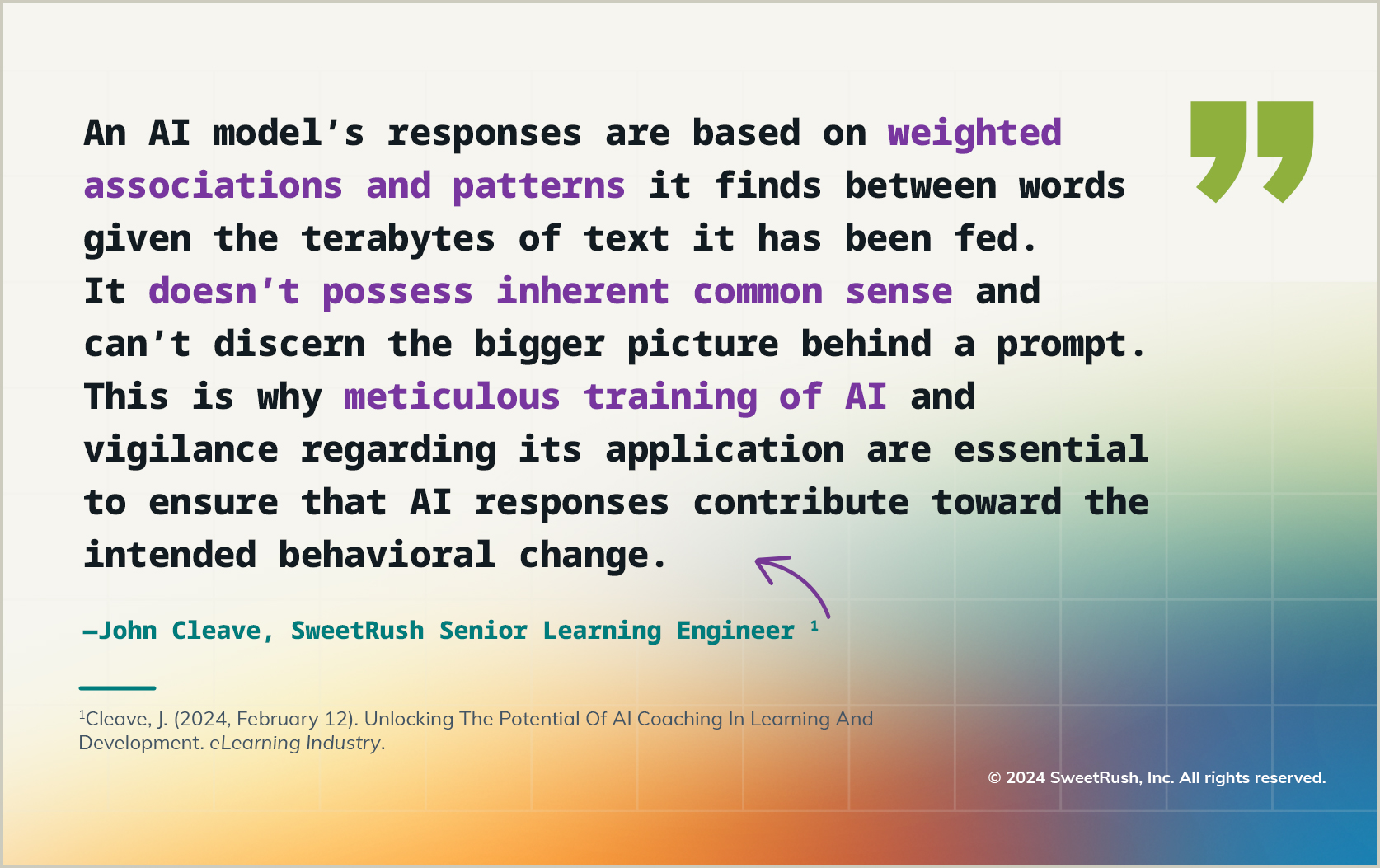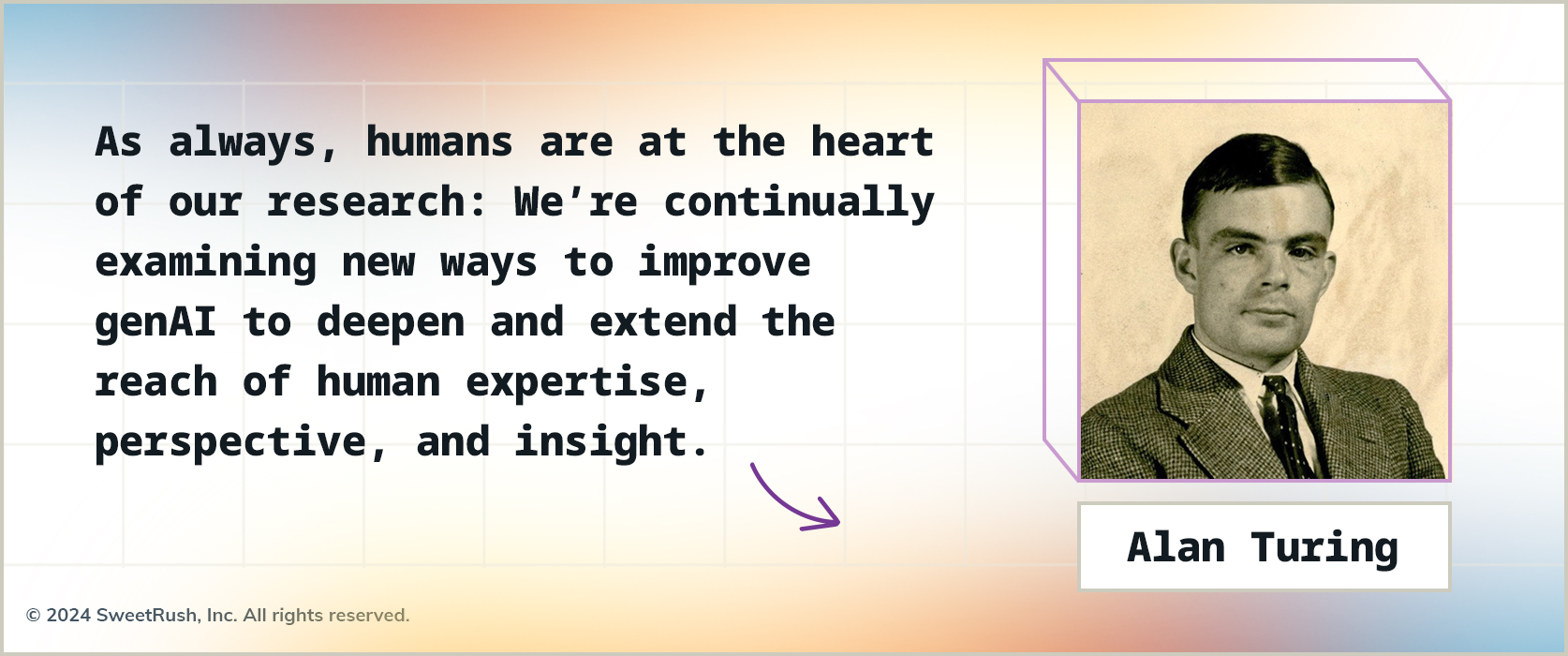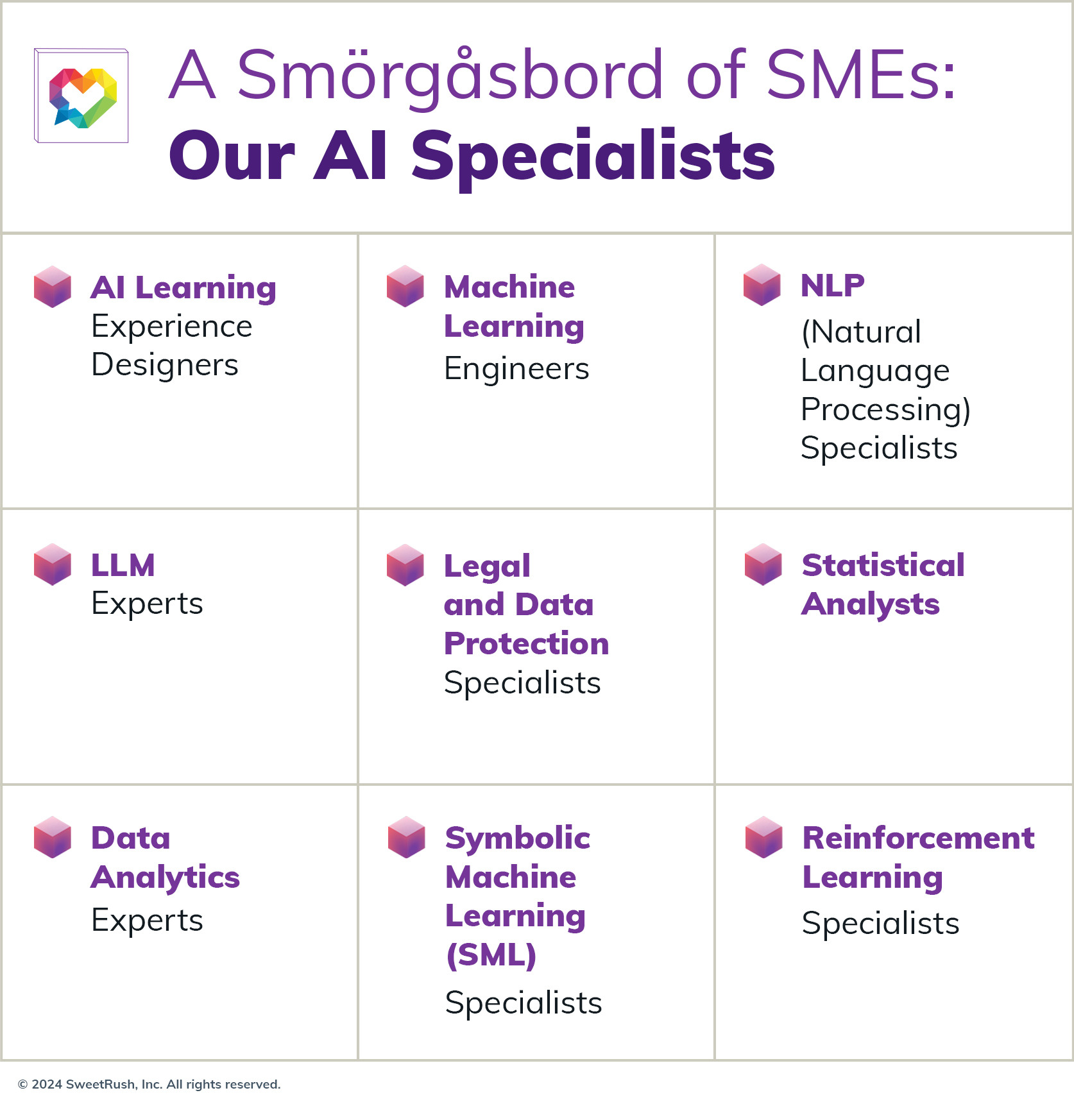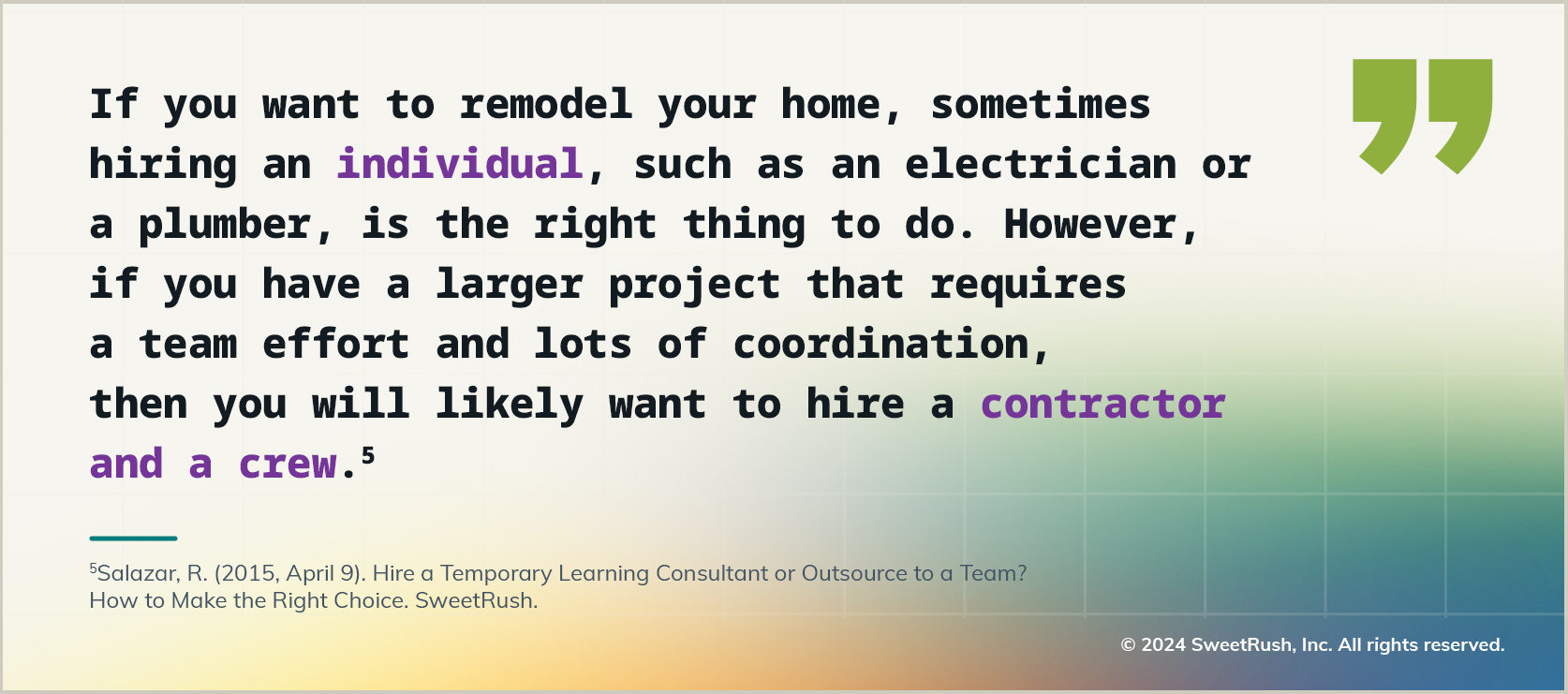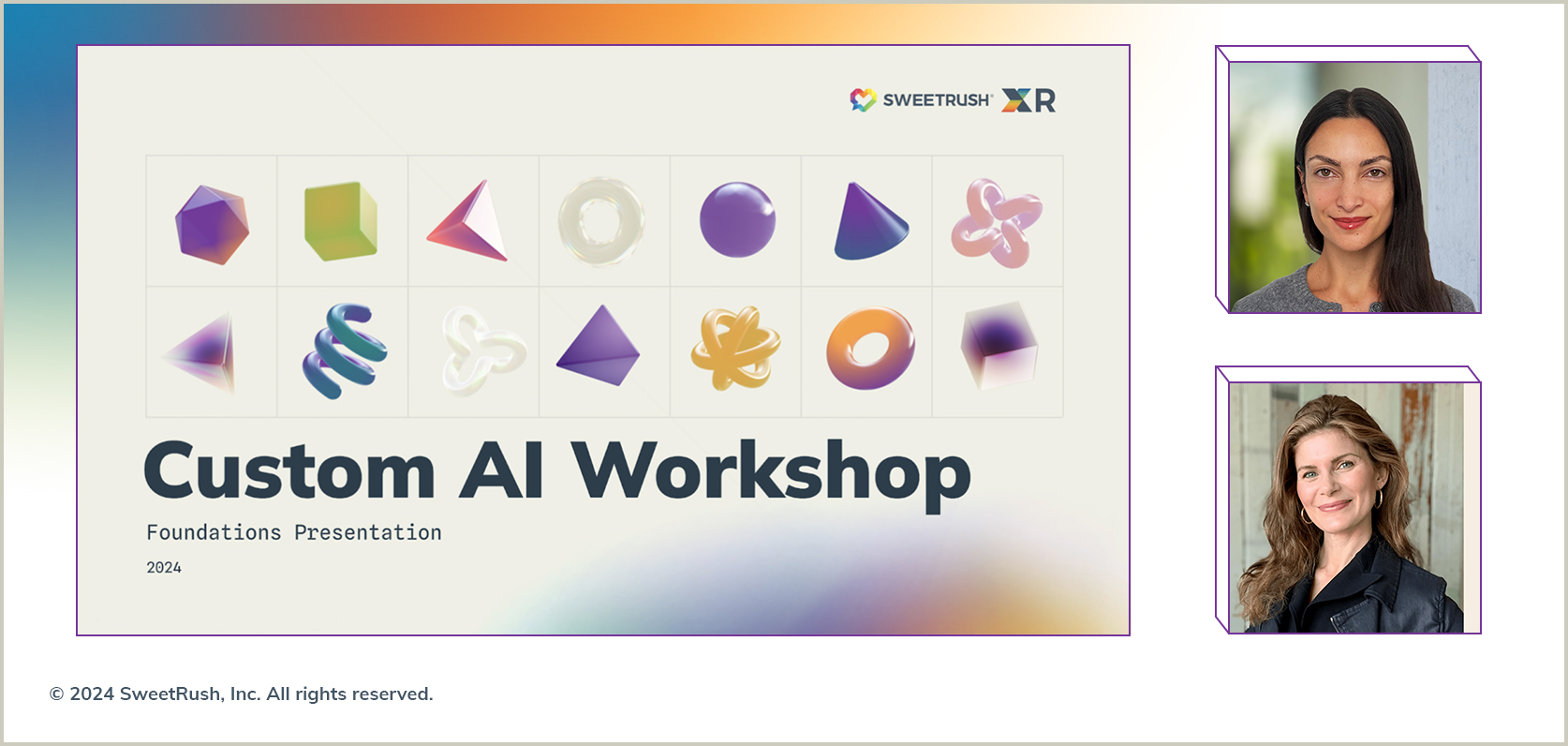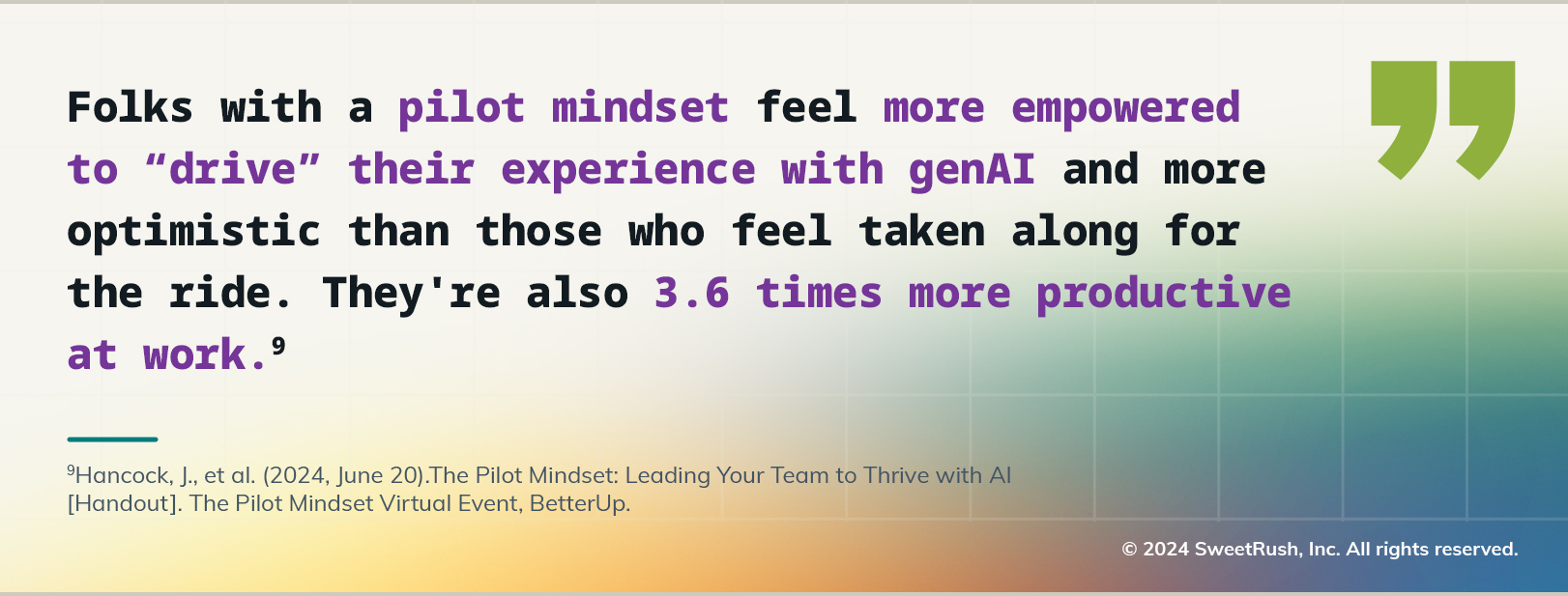Artificial intelligence (AI) is significantly reshaping the landscape of learning and development (L&D). Its sophisticated capabilities enable precise measurement of learning effectiveness, yielding critical data for optimization. As organizations strategize, establishing a clear framework for learning and performance success, with AI quantifying achievements in terms of return on investment (ROI), is paramount.
The effective measurement and scalable valuation of learning through AI are crucial for achieving strategic business objectives. By adeptly leveraging these capabilities, organizations can:
- Gain immediate and comprehensive visibility into productivity enhancements across all operational areas.
- Implement standardized ROI assessment processes to facilitate the rapid expansion of successful initiatives and the efficient discontinuation of less effective ones.
- Leverage insights from initial successes to guide the development of more impactful AI-driven learning measurement opportunities.
- Strengthen the justification for increased investment and enable the strategic allocation of resources to accelerate the impact of transformative AI learning initiatives.

Gaining a clear understanding of the return on investment from Artificial Intelligence necessitates that organizations develop robust methods for measuring its impact on critical financial and performance metrics.
AI for L&D: Critical Knowledge for Today’s Landscape
The integration of artificial intelligence is transforming organizational strategies for employee development. An examination of the key impacts of AI in learning measurement clarifies its potential to create more engaging, effective, and efficient learning experiences that demonstrably drive tangible business results. It is important to note the following key aspects:
- Personalized Learning Path Tracking: AI monitors individual progress in real-time, pinpointing strengths and weaknesses beyond simple completion rates, revealing engagement levels and areas of difficulty.
- Intelligent Assessment and Feedback: AI automates assessment creation and grading, delivering immediate, personalized feedback. Advanced AI analyzes open-ended responses and knowledge application, identifying misconceptions and areas for content refinement.
- Learning Analytics and Data-Driven Insights: AI analyzes extensive learning data (engagement, scores, time, qualitative feedback) to identify trends and correlations, providing a comprehensive view of effectiveness and informing data-driven decisions on learning strategies and investments.
- Identifying Skill Gaps and Predicting Future Needs: AI analyzes learning and performance data to identify current and predict future skill gaps, enabling proactive development of targeted training programs.
- Measuring Behavioral Change and Business Impact: Advanced AI tracks the translation of learning into on-the-job behavior and correlates learning data with business KPIs (performance, sales, satisfaction) to demonstrate tangible ROI.
- Content Effectiveness Analysis: AI analyzes learner engagement with specific content, identifying high-performing and underperforming resources. NLP analyzes feedback for insights on learner perceptions and areas for improvement.
- Real-time Intervention and Support: AI-powered virtual assistants and chatbots offer immediate learner support and resources, improving the learning experience and proactively addressing challenges.
AI facilitates a transition from activity-based to outcome-oriented learning measurement through the analysis of diverse datasets. This capability enables the provision of personalized feedback and the generation of actionable insights, ultimately empowering organizations to develop more effective learning strategies and substantiate the value proposition of L&D initiatives.
Deconstructing AI in L&D: A Multifaceted Ecosystem
Within L&D, AI encompasses a diverse range of sophisticated technologies, each of these AI modalities possesses unique applications and functionalities that are fundamentally altering how organizations approach employee development, talent management, and overall learning efficacy. A deeper understanding of this multifaceted technological spectrum is crucial for L&D leaders seeking to leverage AI’s transformative potential. Key Artificial Intelligence modalities for L&D professionals include:
- Machine Learning (ML): Algorithms enabling systems to learn and improve from data without explicit programming, powering personalized recommendations and adaptive learning experiences.
- Natural Language Processing (NLP): Technology allowing computers to comprehend and process human language, critical for intelligent chatbots, content analysis, and automated feedback mechanisms.
- Computer Vision: Systems capable of interpreting visual data (images and videos), potentially valuable for analyzing learner engagement in video content or assessing practical skills through visual demonstrations.
- Generative AI: AI capable of creating novel content, including text, images, and learning modules, offering opportunities for accelerated content development (requiring rigorous quality assurance).
- Robotics and Embodied AI: In specific training contexts, physical or virtual robots powered by AI could be used for hands-on skill development or simulations.
Approaches to Leverage AI for Learning Measurement
For L&D leaders to strategically leverage Artificial Intelligence for impactful learning measurement, a focused and comprehensive approach is required across several key dimensions. This involves more than simply adopting new tools; it necessitates a fundamental shift in mindset and operational practices. Expanding on the core areas of attention:
- Data-Driven Decisions: Equip L&D to interpret AI data, extract insights, and translate them into strategic actions for optimizing learning.
- Outcome-Aligned Measurement: Define clear, measurable learning and business goals to ensure AI measurement directly supports organizational priorities and value.
- Ethical Data Utilization: Proactively address data privacy, bias, and equitable access in AI learning measurement implementation and usage.
- Strategic Partnerships: Forge strong collaborations with IT, data science, and vendors for seamless AI integration and expertise.
- Rigorous Technology Procurement: Implement a thorough vendor evaluation process aligned with strategic objectives, features, integration, security, and reliability.
- Organizational Change Leadership: Drive change management to foster a data-centric mindset, communicate AI benefits, and provide necessary training.
- Actionable Insight Generation: Focus AI efforts on extracting insights that directly improve learning design, delivery, and overall effectiveness for enhanced performance.
Strategically adopting AI-powered methodologies allows organizations to gain deeper insights into their learning and development initiatives. This improved understanding leads to more effective training, enhanced employee performance, and a demonstrable return on L&D investment.
AI Tools for Measuring Learning Effectiveness
AI-powered measurement tools are crucial for enhancing L&D effectiveness by providing sophisticated, actionable insights beyond traditional methods. Leveraging machine learning, NLP, and data analytics, these tools offer a granular understanding of learning and performance impact. Key categories include:
![]() AI-Powered Learning Analytics Platforms: Analyze extensive learning data (engagement, assessments, feedback) to identify learning patterns, predictive analytics, predict at-risk learners, pinpoint skill gaps, measure learning ROI by correlating learning data with business outcomes, and evaluate content effectiveness.
AI-Powered Learning Analytics Platforms: Analyze extensive learning data (engagement, assessments, feedback) to identify learning patterns, predictive analytics, predict at-risk learners, pinpoint skill gaps, measure learning ROI by correlating learning data with business outcomes, and evaluate content effectiveness.
![]() AI-Enhanced Assessment Tools: Employ AI for dynamic, insightful assessments with automated grading of complex responses (NLP), personalized feedback, adaptive questioning, and identification of common misconceptions.
AI-Enhanced Assessment Tools: Employ AI for dynamic, insightful assessments with automated grading of complex responses (NLP), personalized feedback, adaptive questioning, and identification of common misconceptions.
![]() AI-Powered Feedback and Coaching Tools: Provide personalized feedback on skills and behaviors, often in simulations. AI assesses soft skills (voice, tone, body language), tracks performance, and offers automated mentoring via chatbots.
AI-Powered Feedback and Coaching Tools: Provide personalized feedback on skills and behaviors, often in simulations. AI assesses soft skills (voice, tone, body language), tracks performance, and offers automated mentoring via chatbots.
![]() AI for Content Analysis and Effectiveness: Analyze learning content for readability, complexity, engagement potential, and skill gaps using NLP and other AI techniques. Examples: Features within AI authoring tools and learning analytics platforms.
AI for Content Analysis and Effectiveness: Analyze learning content for readability, complexity, engagement potential, and skill gaps using NLP and other AI techniques. Examples: Features within AI authoring tools and learning analytics platforms.
![]() AI-Driven Surveys and Sentiment Analysis: Enhance surveys with AI-generated insightful questions and analyze open-ended responses for sentiment and key themes using NLP.
AI-Driven Surveys and Sentiment Analysis: Enhance surveys with AI-generated insightful questions and analyze open-ended responses for sentiment and key themes using NLP.
By strategically adopting these AI measurement tools, L&D can achieve a deeper, more nuanced understanding of learning effectiveness, driving continuous improvement and maximizing the return on performance investments.
Implementing AI For Business Impact
The strategic deployment of artificial intelligence for learning measurement constitutes a pivotal undertaking focused on maximizing learning effectiveness. This systematic process is organized into four distinct phases:
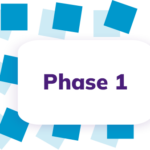 Strategy and Planning: Define measurable objectives (KPIs), prioritize AI use cases (assessment analysis, personalized path tracking, content engagement, feedback), assess data readiness and infrastructure, establish data governance and ethics, and allocate budget/resources.
Strategy and Planning: Define measurable objectives (KPIs), prioritize AI use cases (assessment analysis, personalized path tracking, content engagement, feedback), assess data readiness and infrastructure, establish data governance and ethics, and allocate budget/resources.
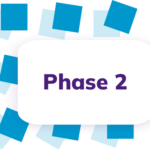 Solution Selection and Pilot: Research and evaluate AI tools based on objectives and infrastructure, conduct focused pilot projects with clear success criteria, and ensure seamless integration with existing LMS/HRIS.
Solution Selection and Pilot: Research and evaluate AI tools based on objectives and infrastructure, conduct focused pilot projects with clear success criteria, and ensure seamless integration with existing LMS/HRIS.
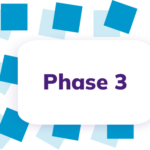 Deployment and Training: Post-pilot success, AI tools are rolled out across learning programs. This includes training L&D and stakeholders on tool use and data interpretation, and setting up clear, customized reporting dashboards for informed decisions.
Deployment and Training: Post-pilot success, AI tools are rolled out across learning programs. This includes training L&D and stakeholders on tool use and data interpretation, and setting up clear, customized reporting dashboards for informed decisions.
 Monitoring, Optimization, and Iteration: Continuously monitor tool performance and gather user feedback, analyze AI-driven insights to identify improvement areas, iterate on the measurement strategy based on analysis, and communicate results/demonstrate L&D ROI to stakeholders.
Monitoring, Optimization, and Iteration: Continuously monitor tool performance and gather user feedback, analyze AI-driven insights to identify improvement areas, iterate on the measurement strategy based on analysis, and communicate results/demonstrate L&D ROI to stakeholders.
Critical Success Factors: Key factors for success include strong executive support, clear and consistent communication, effective collaboration across departments, a focus on actionable insights, and a commitment to ongoing learning and adaptation. Implementing AI successfully to measure learning outcomes will enable data-driven decisions, improve learning experiences, and increase the return on investment in Learning and Development.
AI-Powered Personalized Learning: A New Era of Learning
Preparing for the future of work requires a commitment to lifelong learning, the development of strong critical thinking and problem-solving skills, and the cultivation of a culture of innovation and adaptation. To ensure continued investment in AI, businesses must quantify the ROI of their initiatives. By doing so, organizations can confidently invest in initiatives with the greatest potential for immediate impact and harness its power to augment human capabilities and create an inclusive future.
The future of AI in learning measurement focuses on:
- Direct Business Impact: AI will link learning to key business outcomes (sales, satisfaction, retention, errors) through causal inference and predictive analysis, prioritizing high-ROI initiatives.
- Deeper Qualitative Insights: NLP will analyze learner sentiment and collaborative learning, extracting actionable feedback from unstructured data.
- Real-time, Continuous Measurement: AI will measure learning within workflows, provide dynamic skill gap analysis, and offer personalized performance support.
- Ethical and Transparent AI: Emphasis will be on bias detection, data privacy, and clear explainability in AI measurement processes.
- Multimodal Data Integration: AI will analyze video, audio, and potentially wearable data to assess engagement and skill application more comprehensively.
- AI-Powered Performance Coaching: AI will automate performance analysis, provide coaching recommendations, and offer virtual mentoring.
Ultimately, AI will provide a holistic, integrated, ethical, and real-time understanding of learning’s impact on business results and individual growth, moving beyond simple assessment to continuous support.
Discover additional opportunities to leverage AI’s robust personalization and analytics superpowers with Unlocking The Future Of Learning: SweetRush 2025 Trends Report. You’ll find 10 key developments in L&D and talent management currently shaping our industry…and plenty of strategies to future-prep your business and workforce.
Ready to translate these insights into actionable strategies? Connect with us, it will make our day!

